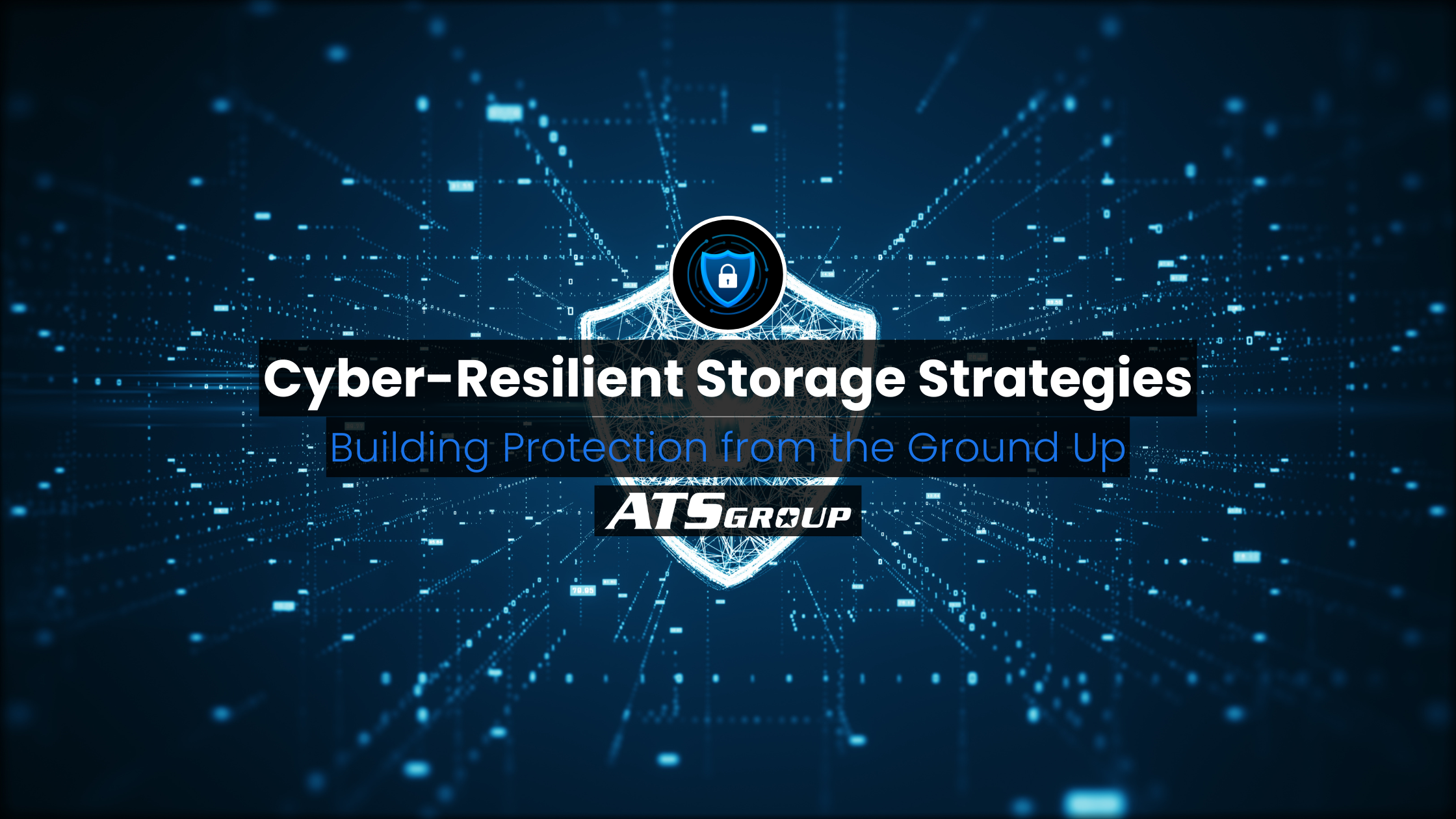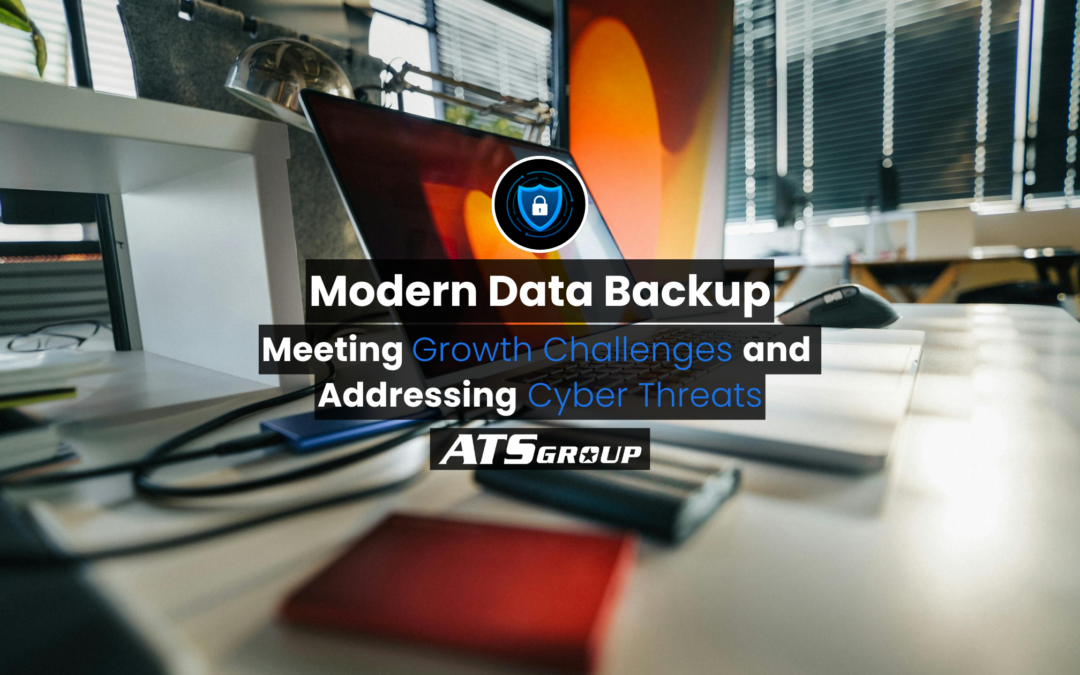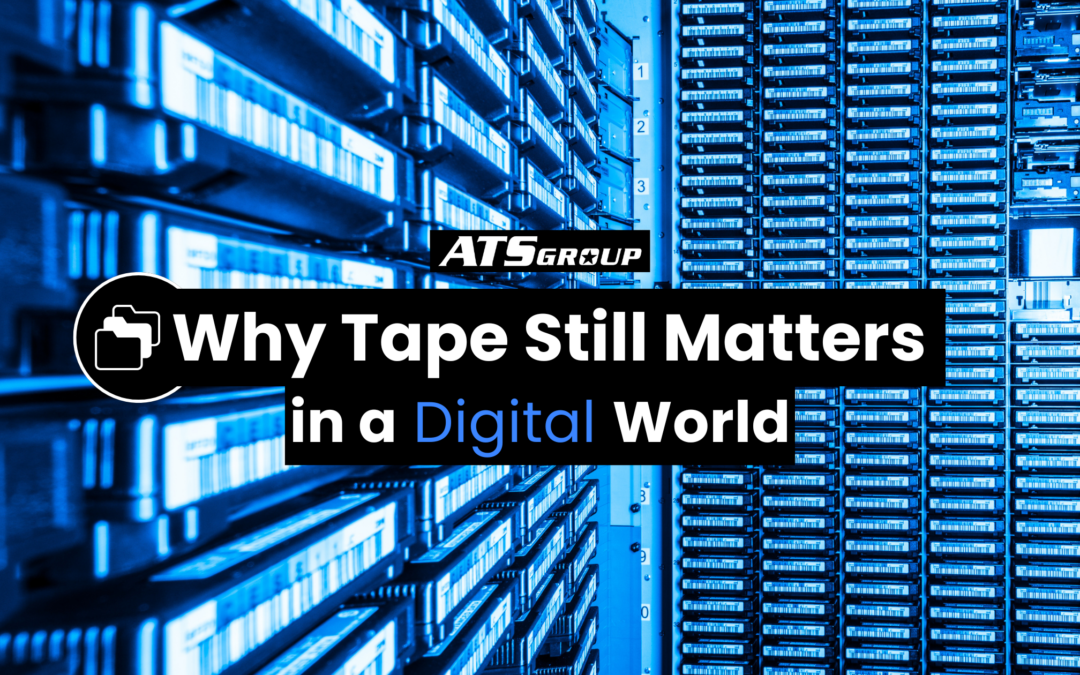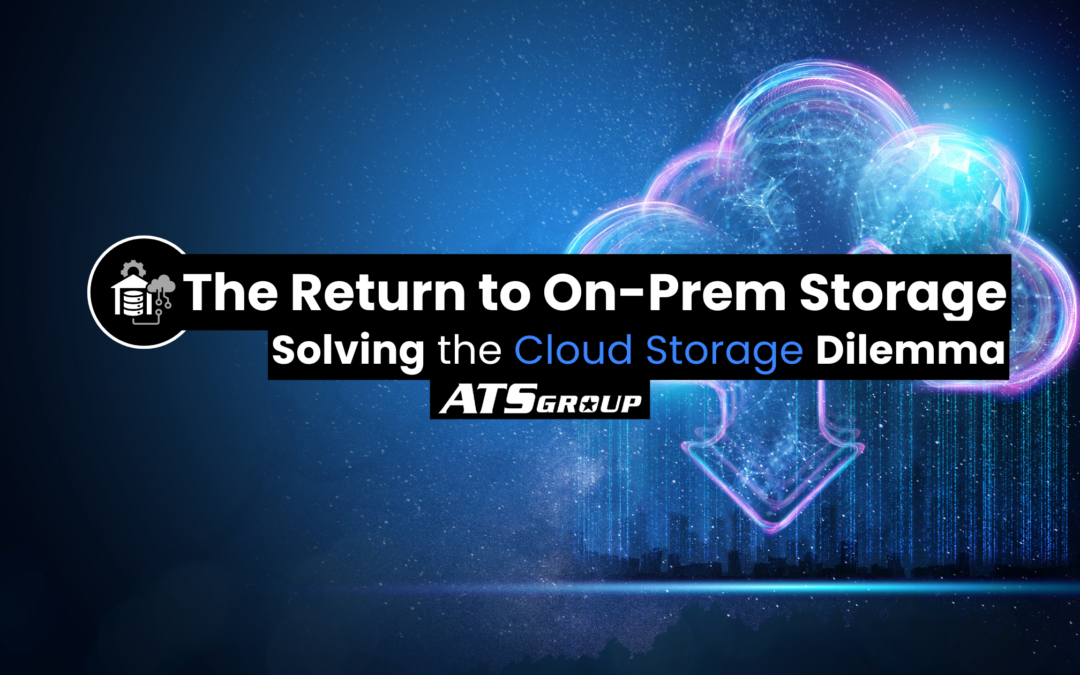Traditional enterprise storage has focused on performance, speed, and availability. But in a world dominated by ransomware, insider threats, and advanced attack vectors, these qualities are no longer enough. To protect critical infrastructure and ensure operational continuity, organizations need cyber-resilient storage—solutions architected to withstand, detect, and recover from cyber threats.
In this post, we’ll examine why traditional storage fails under modern threat conditions, what cyber resilience looks like at the storage layer, and how technologies such as flash storage with cyber resilience, air-gapped data protection, and intelligent data recovery are essential to building a cyber-resilient storage strategy.
Why Traditional Storage Falls Short
Legacy storage architectures were built to handle system failures and natural disasters—not coordinated cyberattacks. As a result, many enterprise environments are vulnerable to:
- Missing immutability controls or tamper-proof backup protections
- Constant online exposure, making them a target for ransomware
- Performance-focused metrics without built-in threat detection
- Recovery workflows that are slow, manual, and error-prone
These limitations leave data exposed and recovery efforts uncertain—especially when attackers target backup systems as part of their strategy.
What Cyber-Resilient Storage Requires
Cyber-resilient storage is not defined by a single product but by architectural choices that align with modern threat realities. Effective strategies emphasize layered cyber resilience across prevention, detection, response, and recovery.
Key elements include:
1. Immutable Snapshots and Isolation
Immutable storage snapshots prevent attackers or rogue insiders from modifying or deleting backups. Logical or physical air gaps ensure those copies remain inaccessible to malware.
2. Real-Time Threat Detection
Storage systems should integrate with your security stack to detect anomalies such as bulk encryption events or sudden spikes in write activity—ideally in real-time.
3. Automated, Orchestrated Recovery
Automation eliminates manual recovery errors and reduces downtime. Clean restore points, instant rollback, and metadata validation are critical to minimizing impact.
4. Unified Data Visibility
Cyber resilience benefits from holistic oversight. A centralized view across primary, backup, and archive systems helps enforce policy and identify gaps in protection.
5. Long-Term, Scalable Resilience
Threats are ongoing, not one-time events. Resilient storage strategies must scale with data growth and assume repeated incidents over time.
The Rising Cost of Cyber Inertia
Ransomware attacks surged 93% last year, according to the IBM X-Force Threat Intelligence Index. The longer organizations postpone storage modernization, the greater the risk to operations, compliance, and reputation.
Regulators and cyber insurers increasingly expect organizations to demonstrate storage threat detection, clean data recovery, and immutable backup strategies. Cyber resilience is now an enterprise-wide mandate, not just an IT concern.
Cyber-Resilient Storage in Action: IBM Solutions
IBM’s storage portfolio offers technologies that embed cyber resilience directly into your infrastructure. Here’s how IBM FlashSystem, Storage Defender, and Tape each contribute to a robust cyber recovery storage strategy.
IBM FlashSystem: High-Performance Meets High Resilience
IBM FlashSystem combines performance with built-in data protection. Its native Safeguarded Copy functionality enables frequent, immutable snapshots that cannot be altered—even with admin credentials. Policies automate retention, and recovery points enable instant rollback after an incident.
Beyond performance, FlashSystem integrates storage-layer defense features—supporting both storage for Zero Trust architecture and compliance with evolving cyber insurance and regulatory expectations.
IBM Storage Defender: Unified Detection, Response, and Recovery
Storage Defender consolidates threat detection, backup orchestration, and recovery under a single control plane. By correlating anomalies and automating remediation, Defender provides actionable insight—not just alerts—and ensures recovery workflows are ready when needed.
With intelligent data recovery and cross-environment visibility, Defender transforms the storage layer into an active component of enterprise cyber defense.
IBM Tape Storage: The Ultimate Offline Recovery Layer
Tape offers true offline storage for ransomware defense. Immune to network-based threats, tape is a reliable and cost-effective option for long-term data retention.
Its physical disconnect provides a last-resort copy that is clean, verifiable, and untouched—even during a full-scale ransomware event. As part of a layered strategy, tape plays a crucial role in ransomware-proof storage.
Designing a Resilient Storage Architecture
To build effective cyber resilience, storage must be treated as part of your security architecture—not an afterthought. Critical questions to address include:
- Are backup copies truly immutable and isolated?
- Can your systems detect storage-layer anomalies?
- Is recovery fast, clean, and automated?
- Does your storage strategy scale with evolving threats?
By integrating cyber-resilient storage solutions, such as IBM FlashSystem, Storage Defender, and Tape, you create a foundation capable of automated ransomware recovery and implementing best practices for enterprise storage security.
Ready to build cyber resilience from the ground up?
Contact an ATS Data Protection Advisor to assess your environment and explore how these IBM solutions can support your security, compliance, and recovery objectives.




